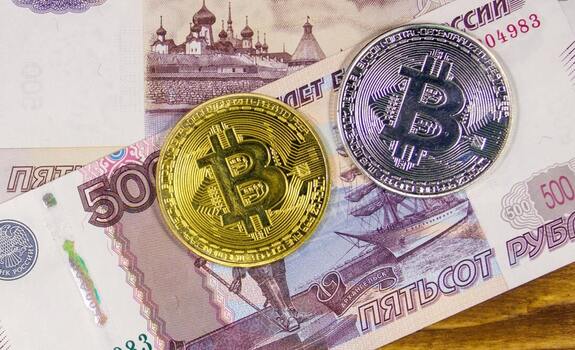Options Expiration: The Impact of Contract Expiry on Underlying Asset Movement
Options expiration is a pivotal event in the lifecycle of derivatives markets, capable of significantly altering the price dynamics of the underlying asset. On expiration days, spikes in volatility are frequently observed, and open interest centres (the "max pain" point) often "pull" prices towards strike prices. Understanding the mechanics of expiration, the "Greeks", rollover strategies, and psychological factors enables traders and institutions to minimise risks and capitalise on opportunities.
1. The Fundamentals of Options Expiration
1.1 Expiration Dates and Types of Contracts
The expiration date signifies the moment when options either get exercised or become worthless. Weekly options expire every Friday (weekly expiration), monthly options expire on the third Friday of the month (monthly expiration), and quarterly options ("quadruple witching") conflate options and futures expiring simultaneously.
1.2 Open Interest and Max Pain
Open interest reflects the number of open contracts in the market. The concentration of open interest around specific strike prices creates the "max pain" level — the price point at which the largest number of options expire worthless, generating a price "stickiness" to this value.
2. The Greeks and Delta/Gamma Dynamics
2.1 Delta and Its Hedging
Delta measures the sensitivity of an option's price to movements in the underlying asset. As expiration approaches, market makers actively delta-hedge their positions by buying or selling the underlying asset to neutralise risk.
2.2 Gamma and Gamma Squeeze
Gamma indicates the rate of change of delta. High gamma at expiration can lead to a "gamma squeeze": market makers are compelled to rapidly buy or sell the asset, amplifying price movements in the direction opposite to liquidity outflow.
2.3 Vega and Theta
Vega quantifies an option's price sensitivity to changes in implied volatility, which typically increases ahead of expiration. Theta reflects the time decay of an option's value; in the final days before expiration, the contract loses value at a quicker pace.
3. Effects of Expiration on Price
3.1 Pinning Effect
The pinning effect refers to the "anchoring" of prices to key strike prices with maximum open interest. Leading up to expiration, prices often hover around these levels due to mass closures and rollover of options.
3.2 Gamma Squeeze and Correction
During steep delta changes, market makers create waves of buying or selling. Following a peak in a gamma squeeze, a counter-correction usually occurs as liquidity is restored.
3.3 Volatility Crush
Implied volatility rises before expiration due to uncertainty, but after expiry, it can sharply decline ("vol crush"), presenting attractive buying opportunities for options at reduced prices.
4. Trading Practices and Rollover
4.1 Rollover Strategy
Traders transfer positions from expiring contracts to further maturity months to avoid automatic exercise. Calendar spreads — selling near-term and buying longer-term options — profit from time decay (theta decay).
4.2 Minimising Slippage
The optimal time for rollover occurs before volatility spikes on expiration day. Employing limit orders and breaking positions into smaller parts can help mitigate slippage.
5. Algorithmic Trading on Expiration
5.1 HFT Strategies and Order Flow
High-frequency trading (HFT) algorithms analyse real-time data on open interest and volumes, submitting millions of micro-orders. They engage in latency arbitrage to gain an execution speed advantage.
5.2 API and Direct Connections
To minimise delays, traders connect directly to exchange servers via APIs, ensuring instant reactions to changes in options interest.
6. Risk Management and Psychology
6.1 Gap Risk
After expiration, gaps are often observed during market openings due to discrepancies in liquidity and closed positions. Traders utilise stop orders and preemptively limit risk.
6.2 Emotional Traps
Retail traders, succumbing to FOMO, tend to hold onto losing positions until the end. Professionals employ dynamic delta hedging and strict exit rules to avoid losses.
7. Cases and Historical Examples
7.1 Triple Witching
Triple witching occurs three times a quarter: options on stocks, indices, and futures expire simultaneously. On these days, record volumes and volatility are observed.
7.2 Gamma Squeeze on GameStop
In January 2021, a rise in open interest in GameStop calls triggered a large-scale gamma squeeze: market makers short gamma aggressively bought shares, resulting in a short squeeze and a sharp price increase.
7.3 Quadruple Witching
Quadruple witching involves the simultaneous expiration of options and futures on stocks, indices, currencies, and commodities, intensifying market effects and volatility.
Conclusion
Options expiration creates a complex dynamic in the spot market: from pinning and gamma squeezes to vol crush and rollovers. A deep understanding of the Greeks, open interest, algorithmic strategies, and psychological factors enables traders to minimise risks and leverage unique opportunities during this period.




